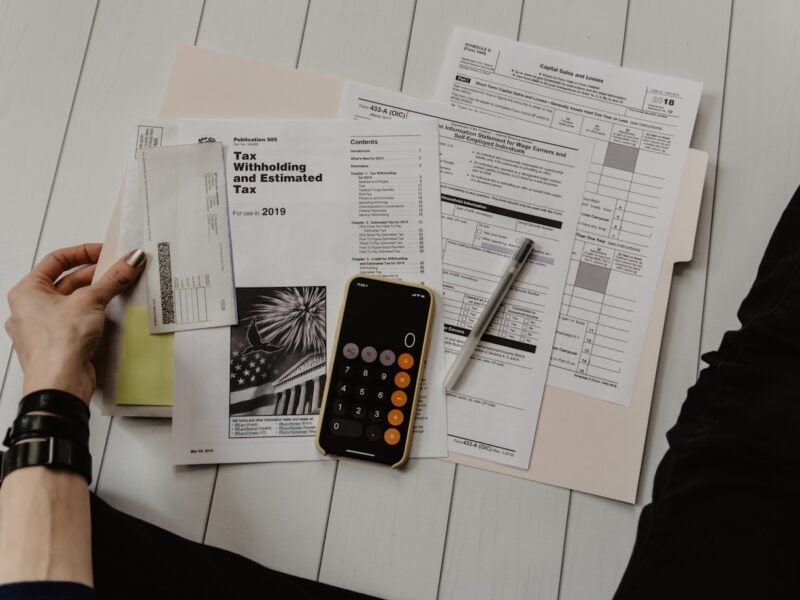Value creation is a base to support a profitable and lasting business. Creating value is an unrelenting pursuit of organizations, irrespective of competitive or macroeconomic conditions, revolving around production and sales and how they can strengthen one another to meet the expectations of shareholders and customers. Today’s engineering is focused on creating value through excellence in the present business environment and for the future. A matter that demands immediate attention is the development of processes and tools that better integrate sustainability into the global value chain. Sustainable value translates into profits, improved environmental performance, and safety, amongst other variables.
Needless to say, you can’t make sustainable improvements in your business without knowing where you stand. Therefore, a life cycle assessment (LCA) provides invaluable insight into the impact of sustainability and helps steer your company towards a greener future. It’s not recommended to wait until late in the design process, say, when drawings are completed, to assess because many features are set and difficult, if not impossible, to change. The outcome is frustration and conflict between sustainability experts and the project’s team. Companies must spend ample time collaborating with stakeholders to establish their objectives and use the right LCA toolset to produce results.
What Is an LCA, In Simple Words?
If you don’t know what is an LCA, it’s a tool deployed to evaluate the potential environmental impacts throughout its entire lifecycle quantitatively and objectively. By product, it’s understood goods, technologies, and services. By closely examining each step in the life cycle, the methodology takes into consideration how raw materials are extracted, not to mention the energy inputs from the environment. LCA mainly concentrates on optimizing resources and reducing costs, helping avoid problem shifting from one life cycle stage to the other. Practitioners study the wastes, emissions, and resources consumed, from the product concept through its withdrawal from the market.
The preliminary analysis is referred to as a life cycle inventory, and it involves the compilation and quantification of inputs and outputs for a given system, a relatively straightforward procedure. Following the life cycle inventory, it’s necessary to gauge the indicators of the contributions to impacts closely related to the inventory data. This is the life cycle assessment impact. The LCA consists of several stages, namely goal and scope definition, inventory analysis, impact assessment, and, last but not least, interpretation. The aim is to evaluate human activity’s burden on the environment, which can be confirmed by the resources and energy consumed at each stage in the product life cycle.
Transforming LCA Results into True Business Value
With software, it’s possible to create a comprehensive analysis of the environmental footprint of your products, assessing the chemical emissions and resource depletion caused. There are more or less advanced LCA tools, so deciding which one to use depends on how complicated the product is and how the results will be used. A Quadrant tool, for instance, is a comprehensive software for conducting LCAs, streamlining ecological profiling and empowering industries with knowledge that contributes to a more sustainable society. It’s a good idea to place your Quadrant order as soon as possible.
There’s an opportunity to use LCA results to enhance your engagement and drive further impact by informing business decisions. To better understand how an LCA works in a real-world scenario, let’s take a few examples.
Find Areas to Save Money
Whether motivated by a desire to improve or driven by economic factors, cutting costs is important for almost any business. While sustainability is often viewed as an additional layer of costs, the investment pays for itself in the long run. When budgets are stretched, becoming more sustainable might seem like a huge deal, but adapting to an eco-friendly business strategy can generate cost savings and efficiencies to the bottom line. LCA makes available a data-driven approach to identifying cost savings, so you can reduce your deployment of costly resources or recycle materials once considered waste.
Enhance Brand Value for Competitive Advantage
Prove to financial markets and other audiences that you’re a sustainable organization. Sustainability will strengthen existing elements of brand value for your brand, providing hope around existing challenges and fostering optimism. Give yourself time to address people’s concerns. If your company is perceived as environmentally and/or socially beneficial, people will buy more, be more loyal, and share their experiences with friends. You can use the LCA results to tell your story, but ensure you adhere to the standards when communicating environmental claims. Offer reliable, comparable, and accurate information.
Convey A Clear, Strong Message
Shareholders have the right to demand information about the administration of the company, which covers matters that may affect the evaluation of the annual accounts or the financial position of the organization. ESG issues have become much more important for long-term investors, so don’t be surprised if they’re concerned about climate risk (it’s just an example). You can leverage the LCA to communicate your environmental achievements, highlighting the positive attributes of your products to customers and shareholders. Take into account what metrics are more important and develop a clear, strong message. More isn’t always better.
The Bottom Line
For the greatest impact, the life cycle assessment should be applied in the early stages of product development to enable better decision-making. It will inform the entire team on the importance of considering a holistic view of the product, going beyond the traditional focus on production sites and manufacturing processes. To be more precise, attention should be focused on minimizing environmental impacts. The framework established in Europe is entirely life cycle-based, aiming for the harmonization between environmental criteria and structural criteria in the design of buildings and so on.
Due to the complexity and level of expertise required, take into account the possibility of using LCA software, which comes with its own database. When the results are in place, you can make relevant changes in design to optimize energy performance and reduce the impact on the environment. Finally, yet importantly, don’t ignore other sustainability initiatives currently underway within your business, breaking things down into a sequence of actions.



